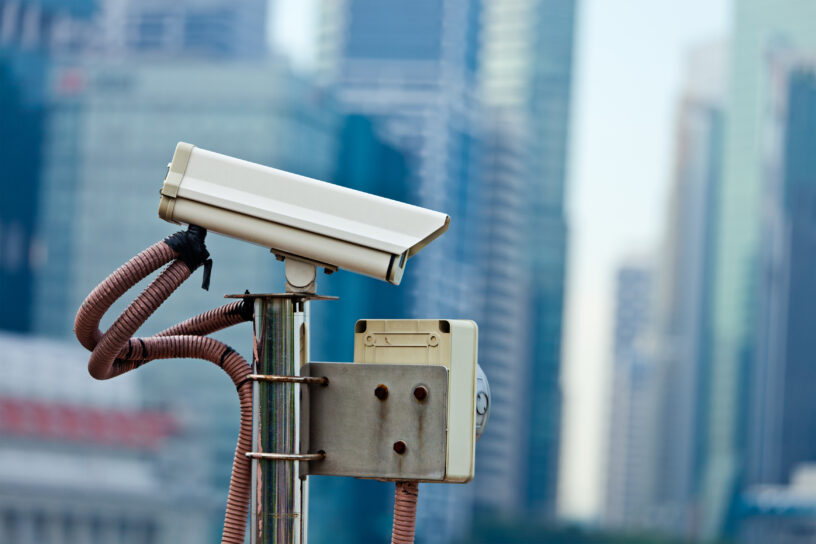Today, license plate recognition systems are indispensable tools for surveillance. In recent years, the flow of license plate (ALPR) data to law enforcement and parking-services providers has been made more accurate by massive improvements in the underlying technology. But that technology isn’t all the same.
How Does License Plate Recognition Work?
License plate recognition converts an image into text using a process called optical character recognition (OCR), which matches an image of a vehicle’s license plate with text and stores it in a database using cameras, software and artificial intelligence.
To understand it further, here are the steps covered in license plate recognition:
Capturing License Plate Images
The first phase of a license plate recognition process usually involves capturing an image of a vehicle’s plate. This normally occurs by virtue of a camera positioned around the entry and/or exit of a facility.
Then the image is saved and processed, where additional software removes ambient noise, evens the lighting and shadowing, and rotates the image to correct the orientation of the tag.
Analyzing OCR Algorithms
The next step is for the image to be processed with algorithms designed to detect characters. These image recognition and machine learning algorithms can decipher the characters in the enhanced image by focusing on their distinct shapes.
Extracting Data for Identification
Display:Once the ALPR (Automatic Licence Plate Recognition, also known as Cameral Behind the Plate or LPR) system has recognised the characters on the license plate, it extracts the data and enters it into a database. The data consists of the following:
- State or country of registration
- Vehicle make and model.
- Validity of the license plate
This information can be used to detect a stolen car as well as to manage parking or identify wanted persons by license plate number.
Enhancing Security and Efficiency
As well as having high-accuracy ALPR, which identifies your vehicles through their license plate, there are security benefits to using this technology. Using APLR for security will keep your facility and city safer.
For instance, such a system will allow you to track the movement of vehicles in and out of a specific area. It can be useful for a police official during inspections, investigations, crimes or traffic violations.
Power of License Plate Recognition
From enforcement agencies to parking companies, from smart city strategies to private sector security, ALPR high-accuracy technology will change the way we operate in our daily lives. With its potential tapped and its development brought to its fullness, we can open up even more opportunities for high-accuracy license plate identification services.
Enhanced Security Measures
High-accuracy ALPR can also help a great deal in improving security. When unauthorized vehicles are recorded by ALPR, they can be identified, detected, and responders can be sent out quickly, which would help to prevent security incidents.With its potential fully used, ALPR can change the way in which we protect our campuses, government buildings, shopping malls and workplaces. Find a demo at SentiVeillance.com
Data-Driven Decision Making
ALPR technology is a data-driven decision-making technology. It collects data in real time to help stratigize traffic management and urban planning. This data provides more information for making decisions, which helps with long-term planning. The collection of the data can be used for further research and policy decisions.
Conclusion
License plate recognition can revolutionize security, automation and data-based decision making. Sure, there are challenges. But as we continue to train and improve our models, we gradually overcome these.
The advance of ALPR promises a future of greater efficiency, greater security and a much richer data landscape.











Leave a Reply